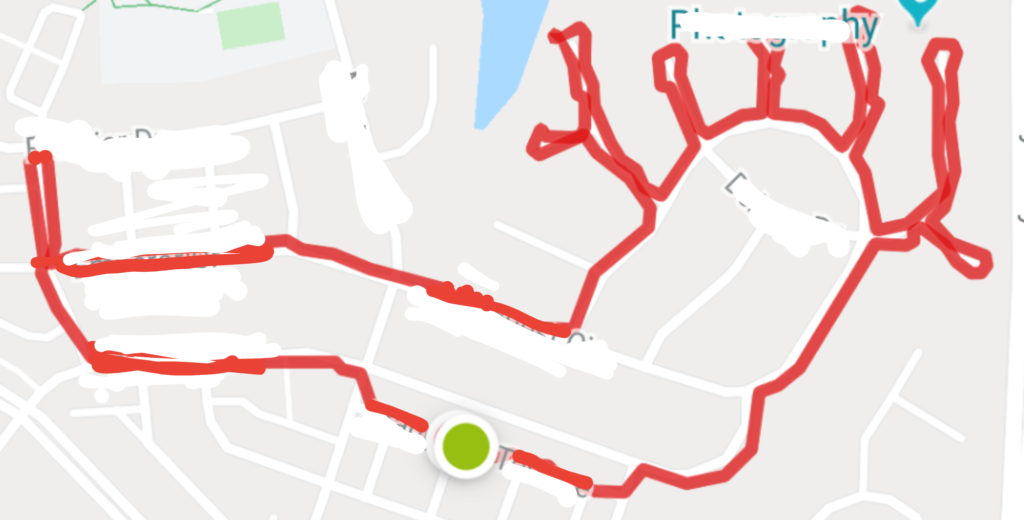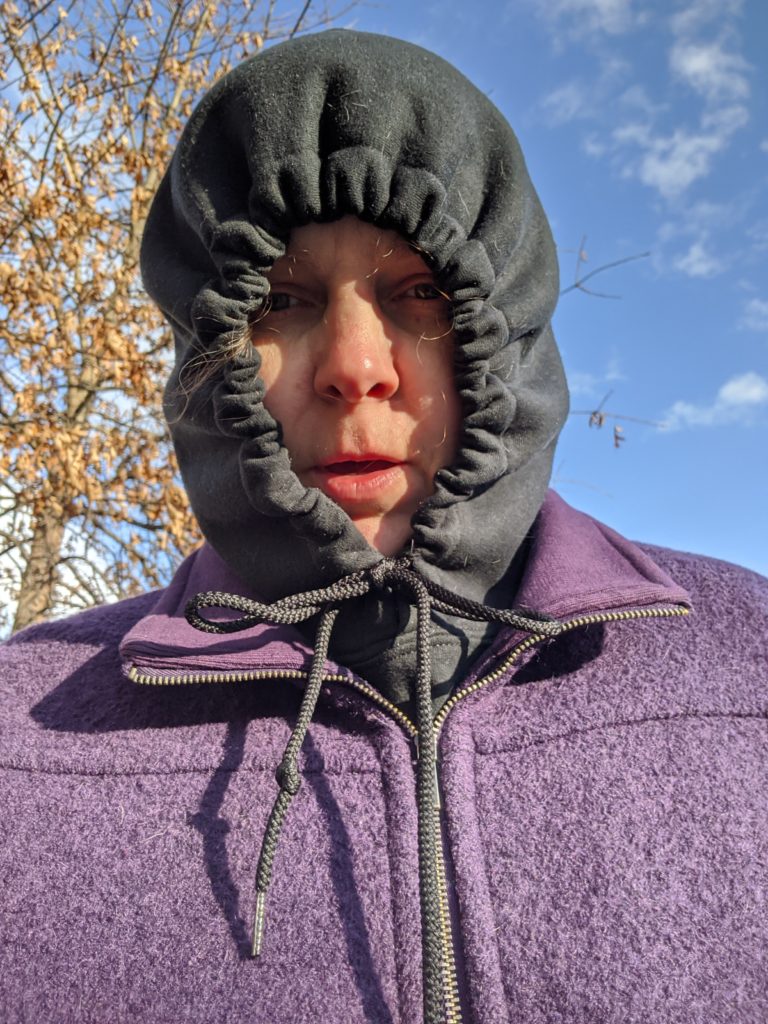I am completely fascinated by the idea of the so-called Blue Zones described in the book by Dan Buettner. I believe that even though much of what is described it impractical and simplistic (perhaps that is the reason their lives are so much happier!), there are aspects we can take to heart and apply to our own situations.
Quick recap in case you haven’t heard:
There are a few places in the world, referred to as the Blue Zones by the author: Okinawa (Japan); Sardinia (Italy); Nicoya (Costa Rica); Icaria (Greece); and Loma Linda, California. People living in those general areas tend to live longer and be far healthier. Many live to be well over 100 years old – a figure we can only hope to reach, let alone be in good health. They have fewer cancers and other “old age” diseases. There doesn’t seem to be a particular diet they follow, but there are general considerations in common.
It’s not that I want to live to 100, although it might be nice. But if I do, I really want to be in good health. My grandmother on my father’s side made it to 96 but she lived in a home the last few years and when I visited with my newborn son, she didn’t know who I was. It made for a nice photo of 4 generations, but it was also rather sad knowing that one day I could probably be there too. My mother is currently almost 87, but I see the very early signs of dementia setting in. It is terrifying to imagine living that way. I have decided that I’m done at 80 just to make sure that doesn’t happen to me.
Is it that they have better genes or is it that they eat that much better? Is it the lifestyle or their daily exercise habits? From what I have read, they don’t seem to eat one consistent diet. Some have a fish dominant diet, some meat. Some abstain from alcohol, while some enjoy in moderation.
While I describe a number of diets and compare them to each other in my other articles, the lifestyle of the inhabitants of the so-called Blue Zones seems to have a few things in common. Since there is no one solution fits all, the idea I get is that as long as you strive to follow a few of them as often as possible, it certainly can’t hurt J So where possible, I am trying to incorporate some of the principles as often as possible.
The 5 main takeaways for me are:
1. Activity
The locals are active. Not planned exercise, not in a gym, not crazy aerobic sweat-inducing exercise, just being physically active – keeping moving, picking and planting their crops, walking to the shop and home, and bicycling the longer distances. Being active at a moderate purposeful level is part of their daily routine.
This isn’t really practical in our modern busy traffic filled lives where most of us commute via public transport or drive a car to work. However, we can try to get up and walk around regularly. We can try to walk around the block a couple of times a day, perhaps at lunch or taking a morning or evening walk. Just get in your steps as part of your daily routine. Look for every opportunity to get moving and being active.
2. Having Purpose
Blue Zone inhabitants had meaning and purpose in their lives. Perhaps because they tend to live in small communities, perhaps because they are living off the land, those that live the longest seem to know what they are living for, what their purpose is, and their reason for being. Many live in family groupings where they help each other in defined ways, perhaps performing traditional roles doing chores.
These days, too many of us are constantly searching for purpose and meaning in our lives, feeling unfulfilled. The message I take from this is that I need to set myself small goals and aim for them. Consider taking a course at a local community college.
By knowing what you want and what you are striving for, you can set goals, and feel motivated. Most importantly you have something to strive for. As you achieve them, you can feel satisfied and accomplished.
3. Being Connected and Engaged
One of the factors that all the centenarians seemed to have in common is that they are socially connected, have strong family ties and are engaged in their communities. Small communities with families living together, or near each other, and having a strong sense of culture make this easy. Everyone helps one another, and everyone knows one another, stopping to chat or having family gatherings regularly. Loneliness isn’t an issue, and because of family roles, even as they get older they have purpose.
While not all of us live near family and the friends we had growing up, it doesn’t mean we can’t make new connections and building a strong support network in our local area. Are there groups at a local library, or school you can join, or perhaps a local gym that has classes for beginners. Consider joining a faith group if you have a religious upbringing or are interested in learning more. What are your interests and how can you connect with similar people. Not all of us have resources to give, but most of us have time; perhaps once a month. Consider helping at a homeless shelter, delivering meals to the aged, making care packages for troops stationed overseas or volunteering at a hospital or senior center. Try building an office culture of collecting backpacks for kids or food items for Thanksgiving or starting a toy drive, you might get to know some new people. It doesn’t cost you much and really does give you a warm feeling when you see the smiles and realize how much difference you made in someone else’s life. There are a lot of people who need you and you can make some great friends while you are there.
4. Low Stress
A low stress level seems to be another consistent indicator of good health into the later years. Perhaps because of the level of activity that keeps them fit and healthy, perhaps because they live a simpler life living off the land and aren’t commuting back and forth to a stressful job or keeping up with social media and the news, they are able to disconnect and relax.
We may need to commute to work and the lifestyle they have is likely not practical for us, but it doesn’t mean we cannot try to mimic some aspects. By disconnecting from the constant barrage of information and taking time to smell the flowers, see the beauty around you and stay connected with your friends and family, you can focus on having a less stressful life.
5. Diet
The most significant part of the study and where I see I can make the most changes are with my diet. These longer living groups follow different diets with some incorporating more meat, some eating more fish, but all ate a significant amount of vegetables, locally grown, likely organically. While some abstained from alcohol, most of the others enjoyed a glass or two of wine with their meal.
They enjoy their meals with family and friends and it’s more about the occasion and the company than the food. I imagine they eat less and slower because they are talking and laughing. They aren’t watching TV and reading their phones while eating, they are engaging with family and talking about the day. The mid-day meal is the big one, followed by a quick siesta in the heat of the day.
And you know they aren’t picking up soda cans and processed foods from that quaint market in the center of town. Perhaps I am romanticizing it and it’s definitely not the way my lunches are, hastily wolfing down a sandwich between meetings while sitting at my desk, but I do recall a friend who travelled to Italy for 3 months to study art history. She attended classes and as she walked home in the evening through old town Florence’s cobbled streets she would stop to get a carafe of wine, some handmade pasta and vegetables to stir-fry or cheeses, preserves and bread for her dinner. It sounds idyllic, and yes, completely unrealistic most nights when you are late home from work and rushing the kids to soccer practice. BUT… imagine once a week cooking fresh vegetables or sitting down to dinner and enjoying the flavors and talking. Start with one day a week trying a new recipe, or trying a vegetarian meal or sitting up to the table with family. Small changes.
Really, all the principles we see above, are obviously good practices. Whether it’s possible to do all of them, whether one or other is more important, they are all good ideas and unlikely to be bad for you. So take this time to try something new that might improve your health, improve your happiness and keep you living well into your 100s.
Check out: https://www.bluezones.com/
If you are interested in buying the book to read more, please click below, I may earn a small commission on your purchase.




